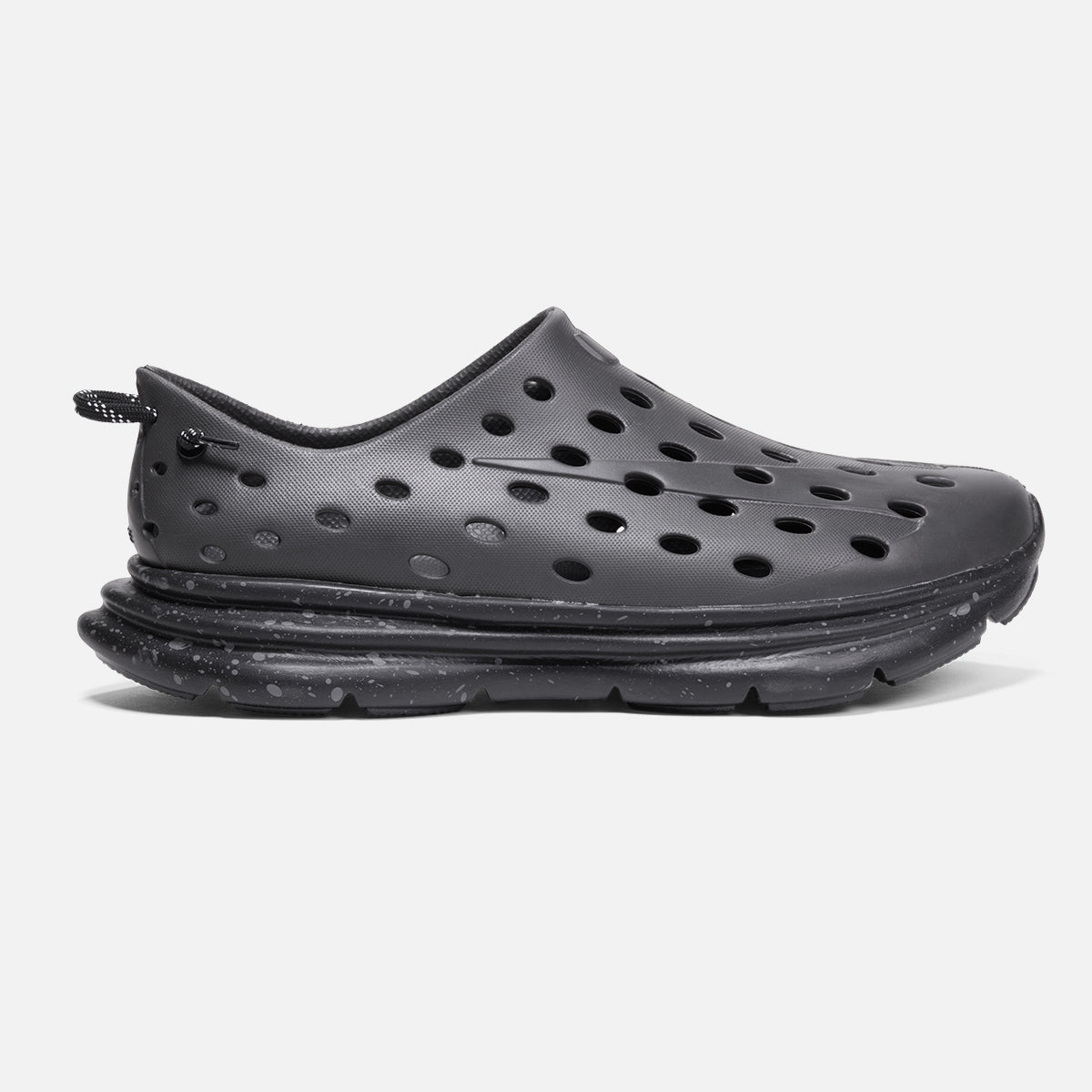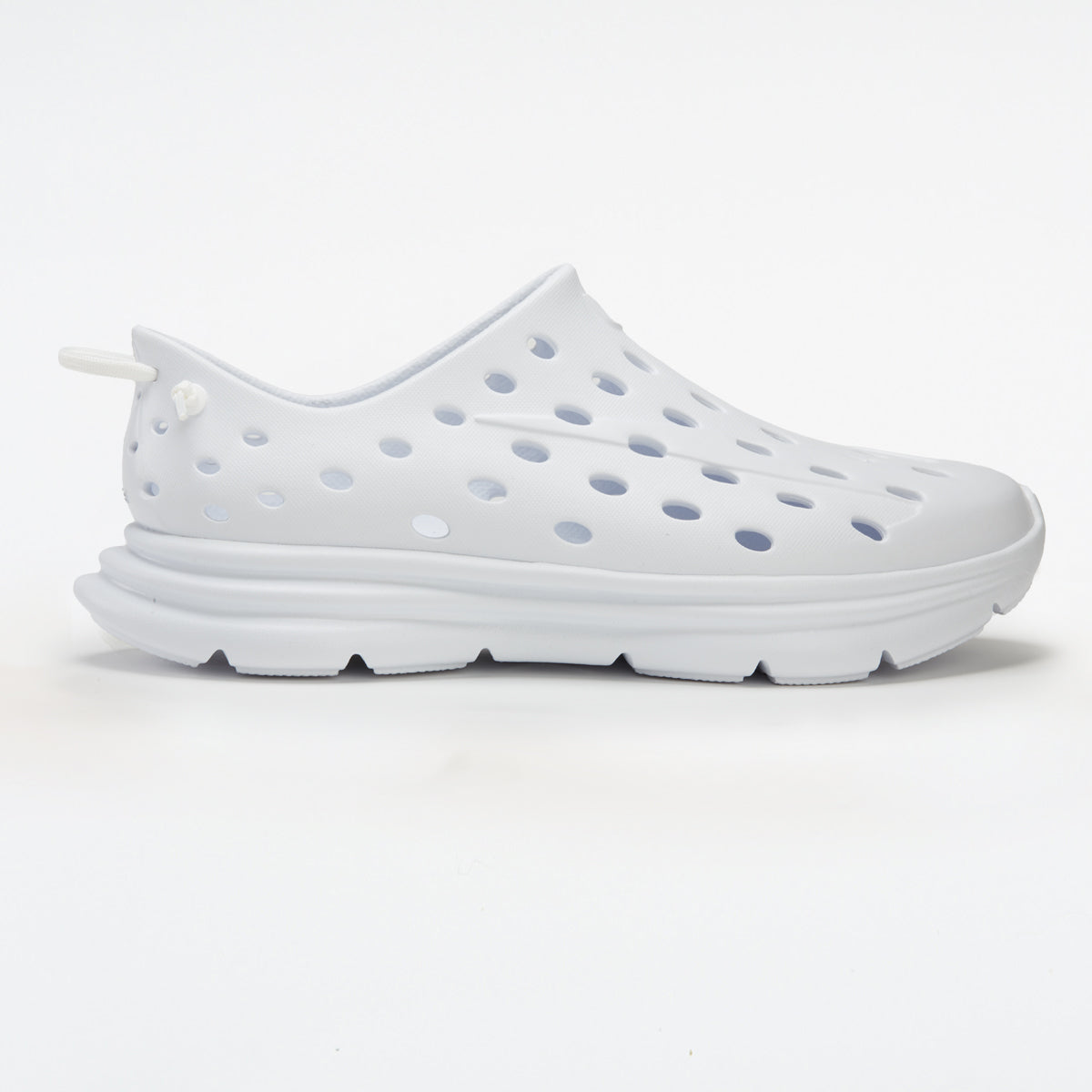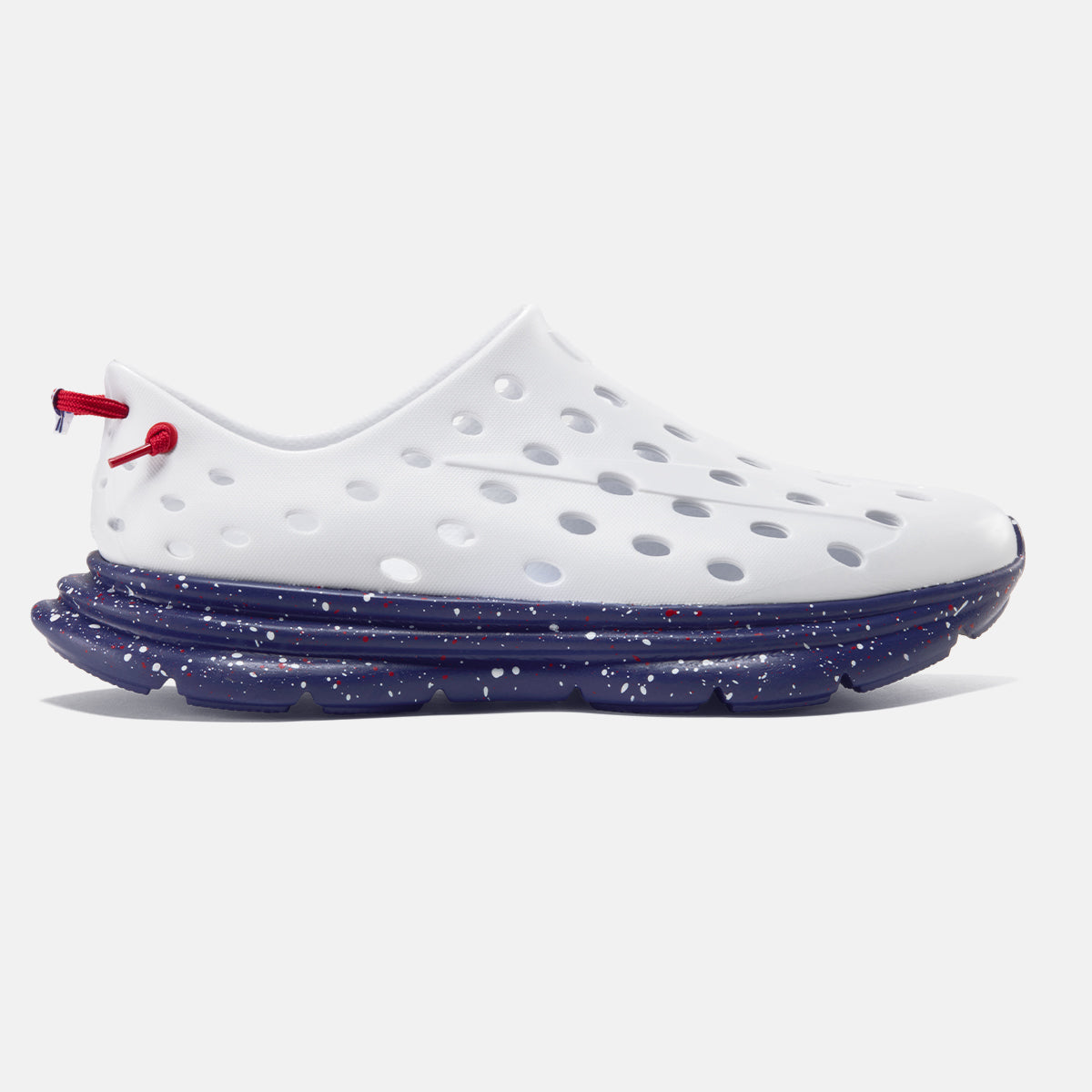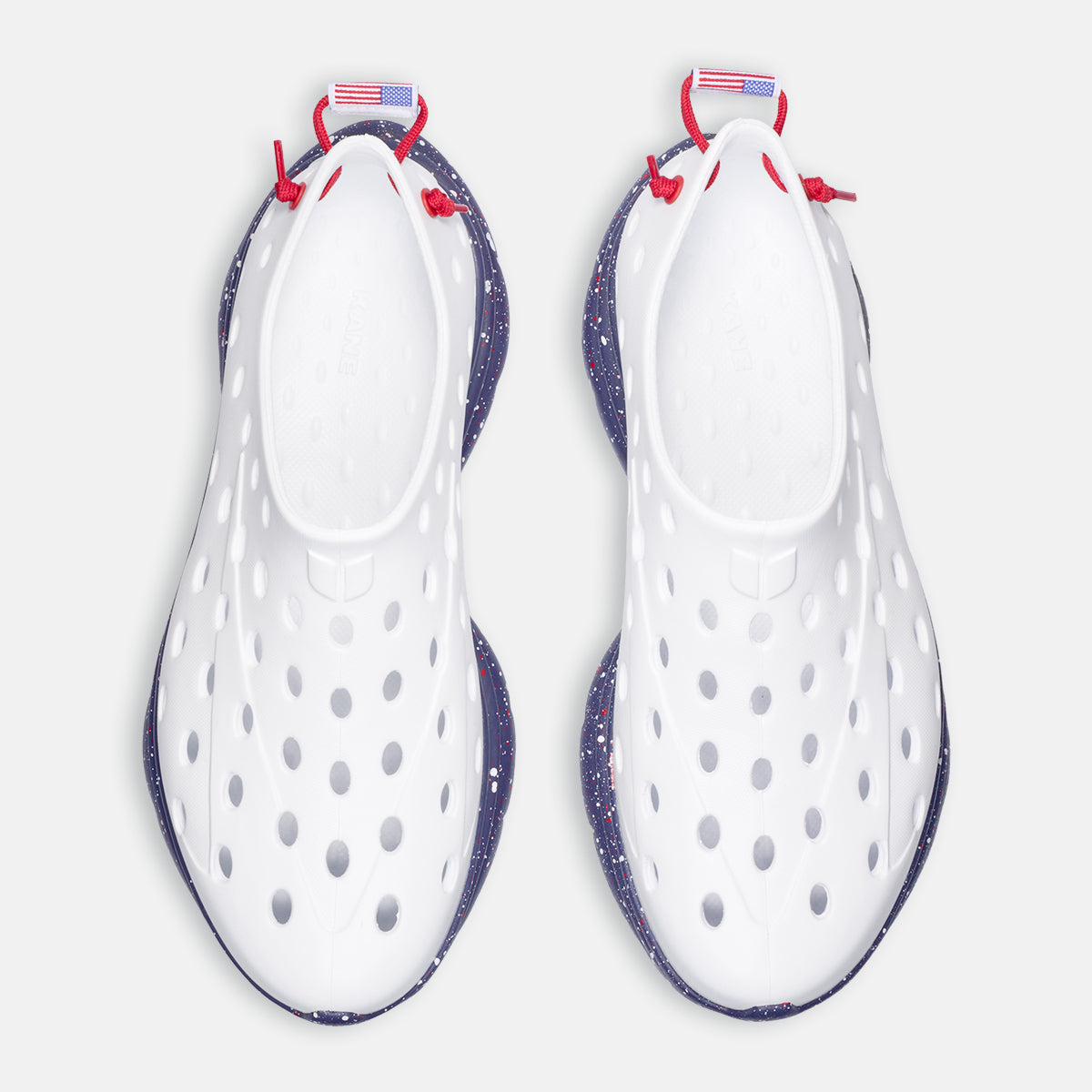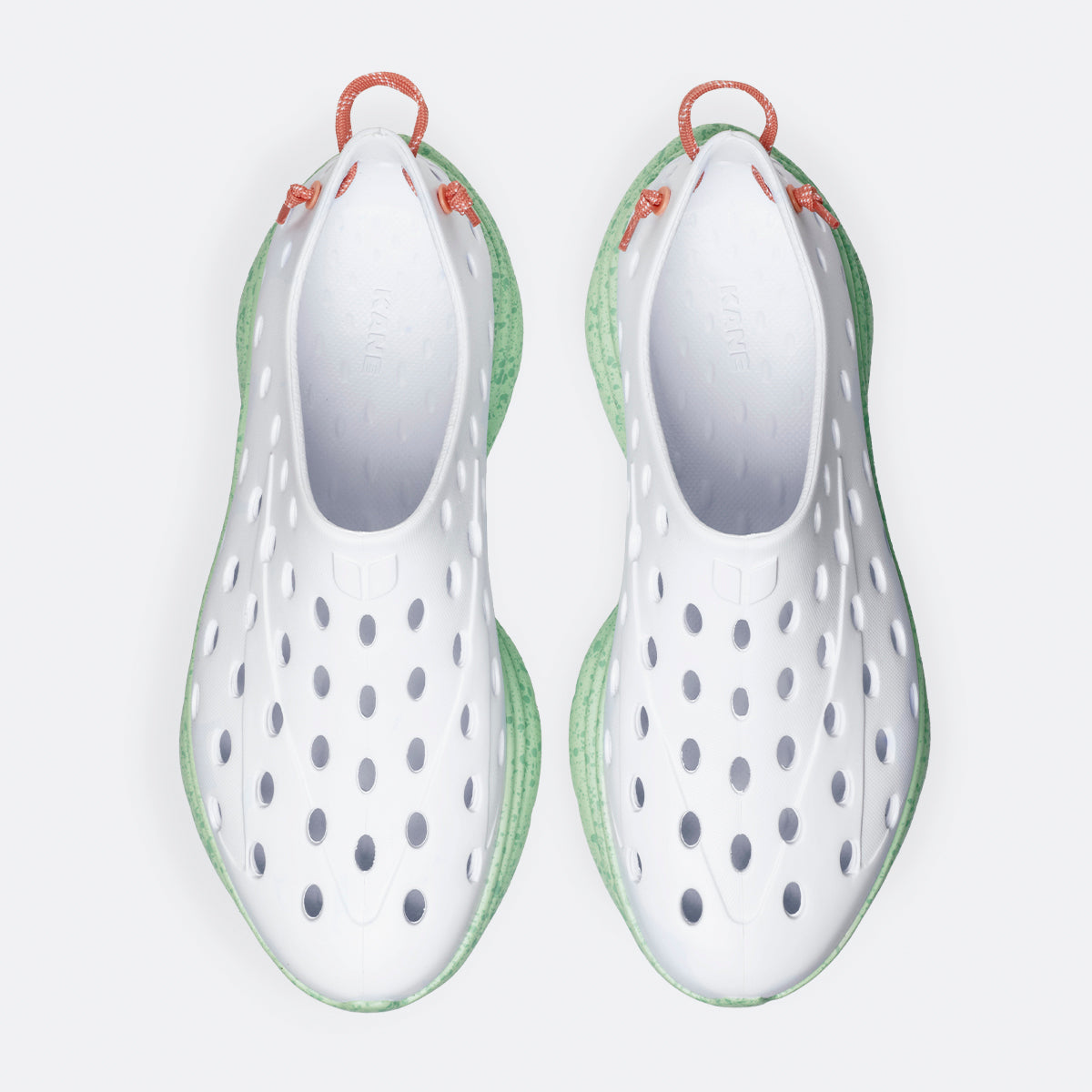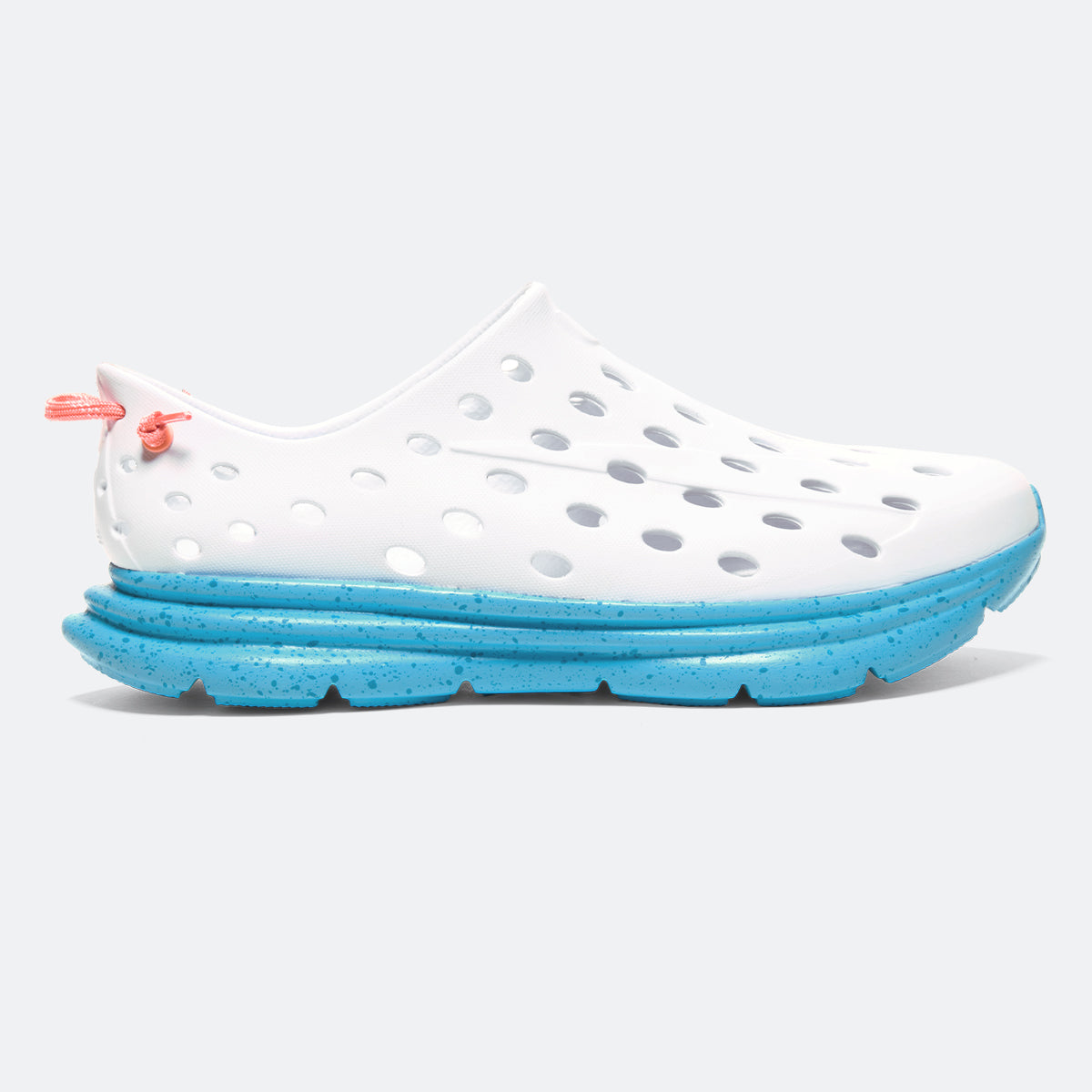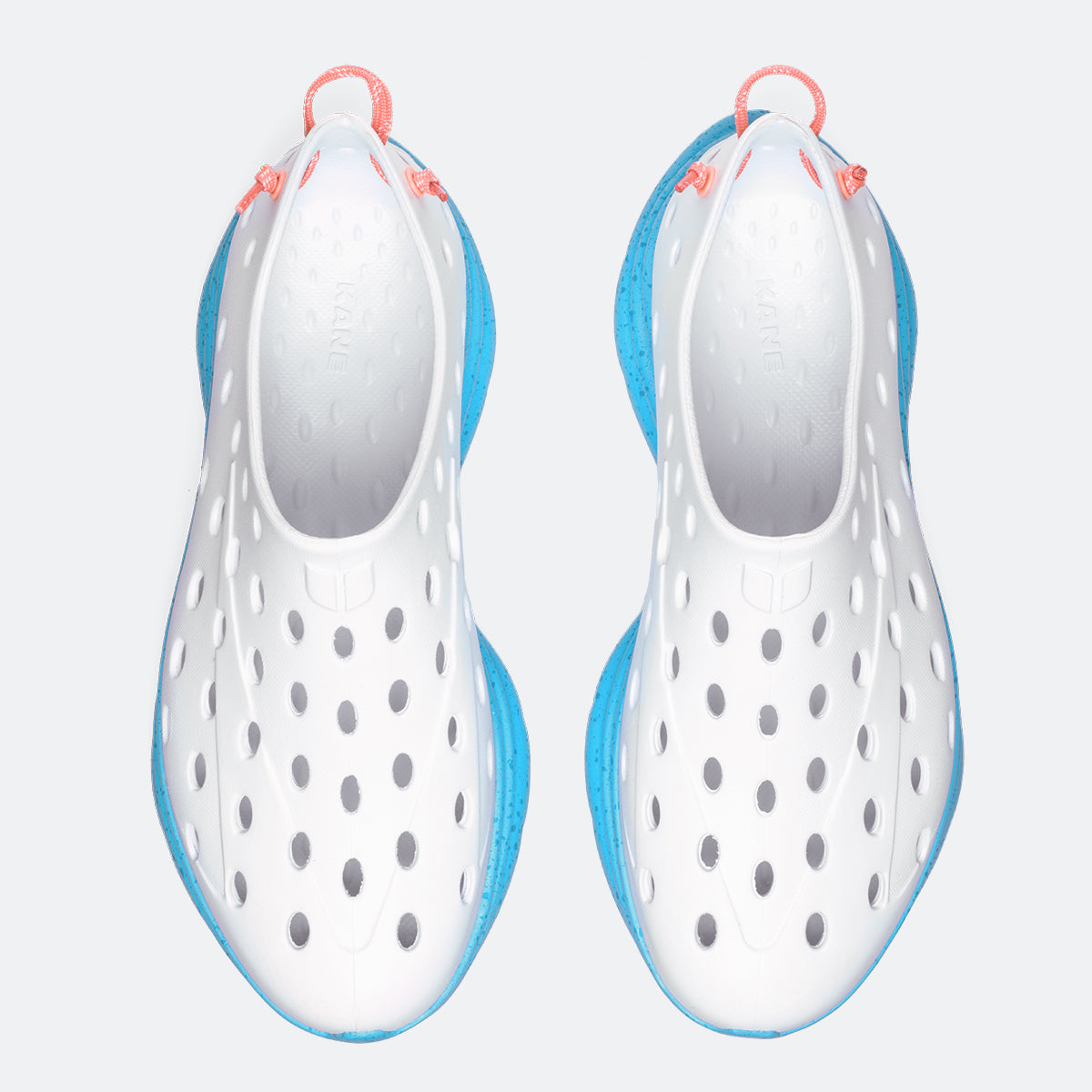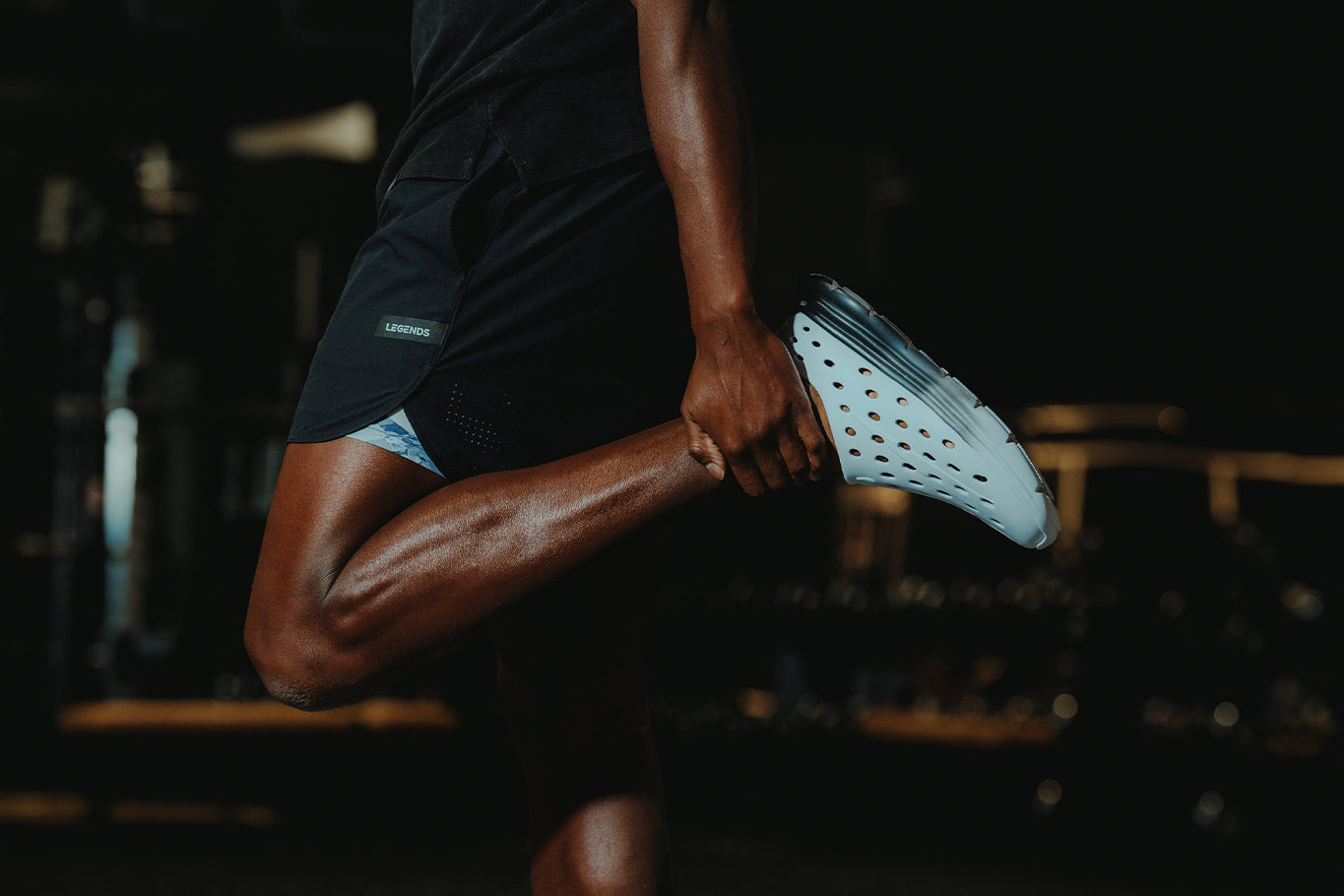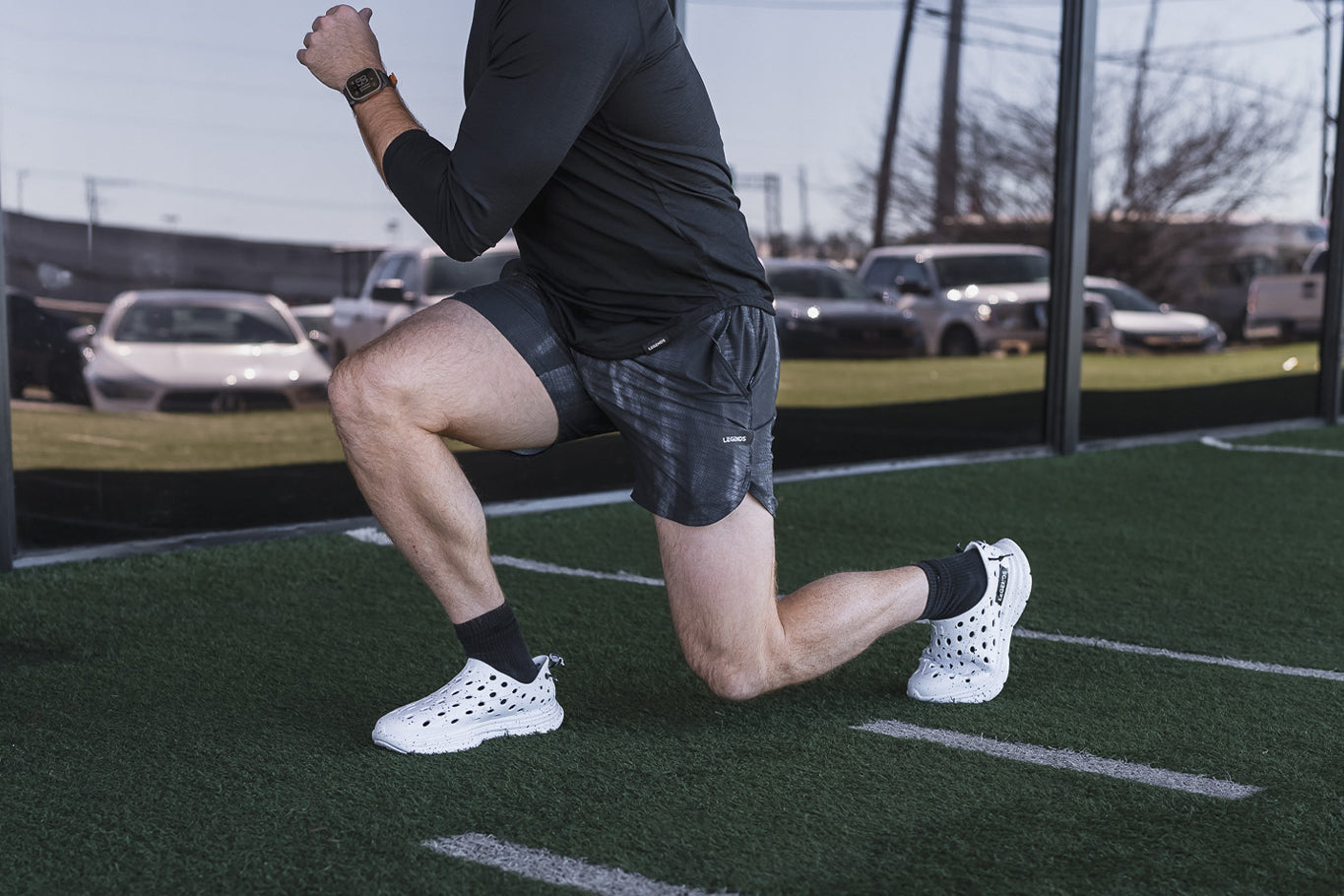Long run recovery is an essential part of a comprehensive running regimen. The "long run" is the day you push your distance. Whether you're training for a 5k, 10k, a half marathon, or a full marathon, you'll typically have a long run day.
Because this is the day when you push yourself the hardest both mentally and physically it's essential to follow recovery tips to aid recovery after this hard workout. Let's get into it!
What’s a “long run”?
In a running regimen, "the long run" refers to a specific training session where you run a significantly longer distance than your typical daily or weekly runs. The purpose of the long run is to build endurance, improve aerobic capacity, and prepare your body for longer distances such as races or events.
The distance covered during a long run can vary depending on your fitness level, training goals, and the specific event you're preparing for. For some beginners, a long run may be around 5-10km, while experienced runners and those in marathon training may cover distances of 25-35km or more.
The long run is usually performed slower than shorter, faster workouts, focusing on maintaining a comfortable, conversational pace. It is not intended to be a race or a speed session but rather a sustained effort to condition your body to endure longer periods of running.
The frequency of long runs depends on your training plan and goals. Typically, runners incorporate one long run per week into their training schedule. The distance and duration of the long run gradually increase over time to allow for progressive adaptation and minimize the risk of injury.
It's important to note that the long run should be followed by adequate rest and recovery to allow your body to adapt and rebuild. Incorporating rest days, cross-training, and other recovery strategies is crucial to prevent overtraining and optimize performance.
How do you recover after a long run? Key steps in your recovery process
Recovering properly after a long run is crucial for your body's overall health and to optimize your future performance. Here are some steps you can take to aid your recovery:
Cool down
After completing your run, take a few minutes to walk or jog at a slower pace to gradually bring your heart rate down. This helps prevent blood pooling in your legs and promotes circulation.
Stretch
Perform some gentle stretching exercises to improve flexibility and help relieve muscle tension. Focus on the major muscle groups used during your run, such as your calves, quads, hamstrings, and hip flexors. Hold each stretch for 15 to 30 seconds without bouncing or forcing the stretch.
Hydrate
Replenish lost fluids by drinking plenty of water or a sports drink that contains electrolytes. This helps restore your body's hydration levels and aids in muscle recovery.
Refuel with nutrition
Consume a balanced meal or snack within 30 to 60 minutes after your run to replenish energy stores and aid in muscle repair. Aim for a combination of carbohydrates and protein to promote glycogen replenishment and muscle recovery.
According to the Cleveland Clinic, after a run, research suggests that your body needs between 0.5 and 0.7 grams of carbs and between 0.14 and 0.23 grams of protein per pound of body weight. Good options include a banana with nut butter, a protein shake, or a balanced meal containing lean protein, whole grains, and vegetables.
Rest and sleep
Allowing your body ample time to rest and recover is a critical component of post-run recovery. Get enough sleep as it plays a crucial role in muscle repair and growth. Aim for 7 to 9 hours of quality sleep per night.
Active recovery
Engage in light activities such as going for a short walk, swimming, or cycling on your rest days to increase blood flow and help with muscle repair. These low-impact activities can assist in flushing out metabolic waste and reducing muscle soreness.
Massage and/or foam roll
Consider using a foam roller or getting a sports massage to relieve muscle tension and promote circulation. These techniques can help reduce muscle soreness and improve recovery.
Try recovery shoes
Recovery shoes, also known as post-workout or post-activity shoes, are footwear specifically designed to support the recovery process after physical exercise or strenuous activities.
Kane’s recovery shoes provide excellent support, comfort, and durability for those in need of top-notch recuperative footwear. Featuring an adjustable hook-and-loop single strap synthetic upper, plush TPR footbed as well as a durable injected EVA outsole, these kicks come with all the right features to assist you during your recovery journey.
Listen to your body
Pay attention to any signs of overtraining or injury. If you feel excessively tired, experience prolonged pain, or notice any unusual symptoms, it's essential to rest and consult a healthcare professional if necessary.
Remember, post-run recovery is a personal process, and everyone's needs may vary. Adjust these steps based on your individual preferences and consult with a coach, physical therapist, or healthcare professional for personalized advice if needed.
Watch out for delayed onset muscle soreness (DOMS)
Delayed onset muscle soreness (DOMS) is a common condition that can occur after a long run or any intense physical activity. It is characterized by muscle pain, stiffness, and tenderness that typically develop within 24 to 48 hours after the exercise bout. DOMS is caused by microscopic damage to muscle fibers and the subsequent inflammatory response.
During a long run, especially if it is more intense or more prolonged than your usual training, your muscles experience eccentric contractions. These contractions happen when the muscles lengthen under tension, such as when your foot hits the ground during downhill running or when you descend stairs. These eccentric contractions are particularly known to induce DOMS.
The exact mechanisms behind DOMS are still not fully understood, but it is believed to involve a combination of factors, including muscle fiber microtrauma, inflammation, swelling, and the release of certain biochemical substances.
DOMS typically manifests as muscle soreness and stiffness, which can be more pronounced when performing activities that involve the affected muscles. The soreness is usually at its peak within the first 48 hours and gradually subsides over a few days to a week, depending on the severity.
While DOMS can be uncomfortable, it is a normal part of the muscle adaptation process and is not a cause for alarm for most runners. To alleviate DOMS and promote recovery after a long run, you can continue with the following recovery strategies:
Rest and recovery
Allow your body enough time to rest and recover after a long run. This includes getting adequate sleep and incorporating rest days into your training schedule.
Gentle stretching
Perform gentle stretching exercises to improve flexibility and relieve muscle tension. Focus on the major muscle groups used during your run.
Massage or foam rolling
Use a foam roller or get a sports massage to reduce muscle soreness and improve blood circulation.
Ice or cold therapy
Apply ice packs or cold compresses to the affected muscles to help reduce inflammation and ease discomfort. In some cases, an ice bath may also help.
Heat therapy
Use warm showers, baths, or heating pads to relax the muscles and promote blood flow.
Light activity
Engage in low-impact activities like walking or swimming to promote blood flow and active recovery.
It's important to note that while these strategies may help alleviate symptoms, they may not eliminate DOMS. Taking a rest day and then gradually easing into longer runs, proper training progression, and consistent training can also help reduce the severity of DOMS over time.
Should you take a rest day after a long run day?
Whether you experience delayed onset muscle soreness or not, it is generally recommended to take a rest day or engage in light, low-impact activities after a long run day. Rest days are essential for allowing your body to recover, repair, and adapt to the stress placed on it during the long run. Here's why rest days are important:
Muscle recovery
Running long distances places significant strain on your muscles, causing micro-tears and fatigue. Rest days give your muscles time to repair and rebuild, which is crucial for preventing overuse injuries and optimizing performance.
Injury prevention
Continuous running without adequate rest increases the risk of overuse injuries, such as stress fractures, tendinitis, or muscle strains. Rest days allow your body to heal and strengthen, reducing the likelihood of injury.
Energy restoration
Long runs deplete your energy stores (glycogen) and stress your cardiovascular system. Taking a rest day helps replenish glycogen stores, restore energy levels, and promote cardiovascular recovery.
Mental rejuvenation
Running takes a toll not only on your body but also on your mind. Rest days provide an opportunity to recharge mentally, reduce workout-related stress, and maintain a healthy mindset toward training.
While rest days are important, it doesn't mean you have to be completely sedentary. Engaging in light, low-impact activities such as walking, swimming, or gentle stretching can aid in active recovery by promoting blood flow and reducing muscle soreness.
Remember, the specific frequency of rest days can vary depending on your training plan, fitness level, and individual needs. It's important to listen to your body and adjust your training schedule accordingly. If you feel excessively tired, notice persistent pain, or experience any unusual symptoms, it's advisable to take additional rest days or consult with a healthcare professional.
Is it good to do a recovery run after a long run?
Look to your body and personal fitness and training regimen as indicators of whether you need a rest day or a recovery run immediately after a long run. Most of us require a rest day, especially if you experience delayed onset muscle soreness. However, whenever you feel ready to run again, a recovery run is a good option.
Incorporating a recovery run after a long run can be beneficial for your overall training and recovery. A recovery run is a short, low-intensity run performed at an easy pace, typically the day after a more demanding workout like a long run or a hard speed session. Here's why a recovery run can be helpful:
Increased blood flow
A recovery run promotes blood circulation, which aids in flushing out metabolic waste products, such as lactic acid, from your muscles. This helps reduce muscle soreness and accelerates the recovery process.
Active recovery from muscle soreness
Engaging in light activity, such as a recovery run, can assist in loosening up stiff muscles, maintaining mobility, and preventing post-exercise stiffness. It keeps your body moving without placing excessive stress on your muscles and joints.
Mental and emotional benefits
Recovery runs can have psychological benefits by providing a gentle, enjoyable run that helps alleviate stress and boost mood. It allows you to enjoy the act of running without the pressure of performance or intensity.
When incorporating a recovery run, it's important to keep the pace easy and comfortable. The purpose is not to push your limits but rather to promote active recovery and aid in the restoration of your body. You should be able to maintain a conversational pace without feeling overly fatigued.
It's worth noting that the frequency and duration of recovery runs can vary depending on individual factors such as training volume, fitness level, and recovery needs. Some runners may benefit from incorporating short, easy recovery runs on consecutive days, while others may require more rest between runs. Listening to your body and adjusting your training plan accordingly is key.
If you feel excessively fatigued, experience persistent pain, or notice any unusual symptoms, it's important to prioritize rest and recovery over a recovery run. Every runner's recovery needs are unique, so it's essential to find the balance that works best for you.
Consulting with a coach or healthcare professional can provide further guidance for recovering after your long runs based on your specific circumstances.









































